Table of Contents
Dreaming of that legendary Italian-American comfort food? We're talking about a classic plate of spaghetti and meatballs, the kind that tastes like it simmered all day. For many, the gold standard points straight to Rao's, the iconic East Harlem spot known for its impossible-to-get tables and even more famous red sauce. Trying to snag a reservation there feels like winning the lottery, frankly. But what if you could bring a taste of that magic into your own kitchen? That's where the quest for the perfect rao's spaghetti and meatballs recipe begins.
Making Rao's Spaghetti and Meatballs Recipe at Home
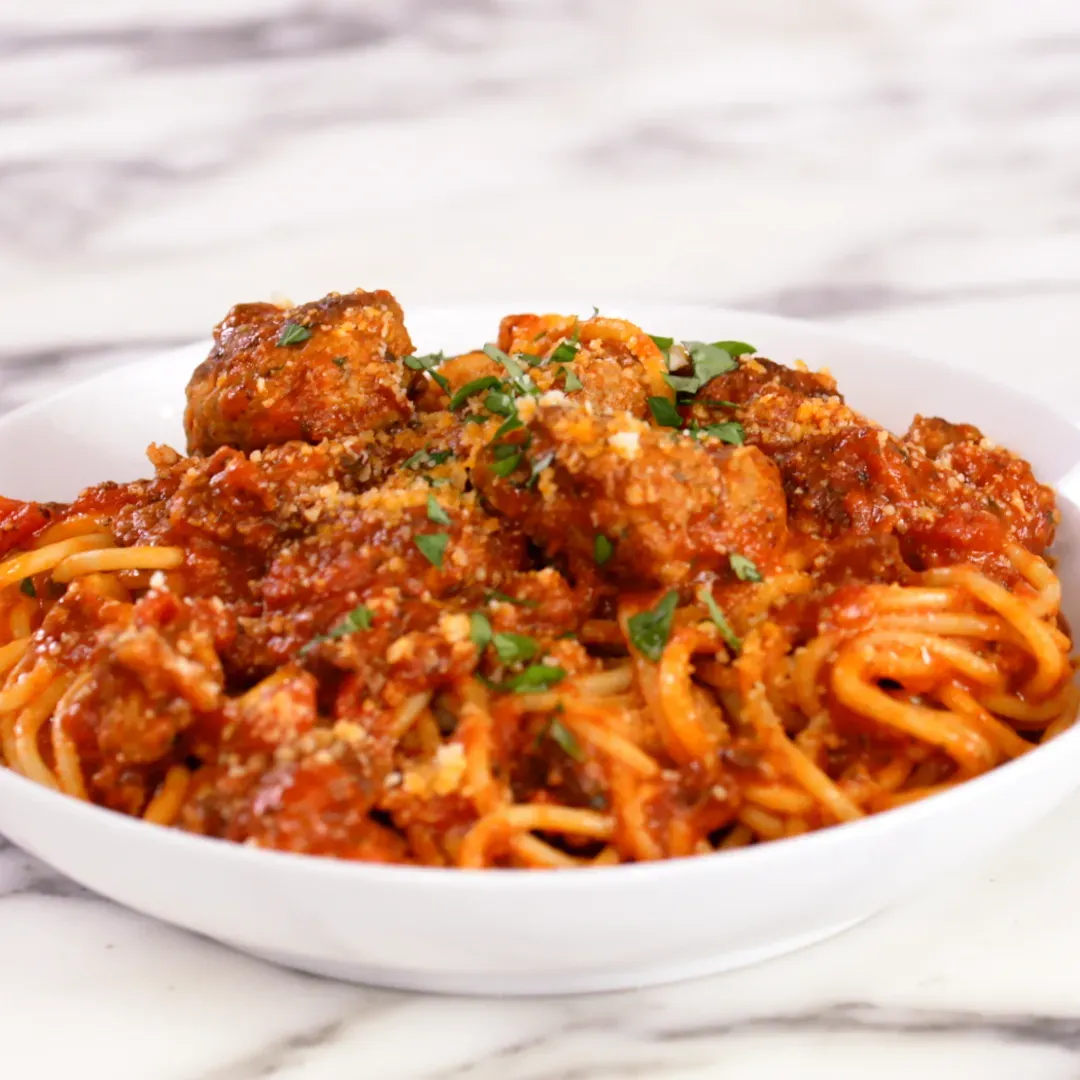
Making Rao's Spaghetti and Meatballs Recipe at Home
Why Bother Making It Yourself?
Look, getting a table at Rao's is harder than finding a parking spot in Manhattan on a Saturday night. It's practically a myth for most people. So, if you actually want to taste that specific kind of red-sauce goodness without resorting to elaborate schemes or knowing somebody who knows somebody, your best bet is rolling up your sleeves and trying the rao's spaghetti and meatballs recipe yourself. It’s not just about replicating a dish; it’s about bringing a piece of that legendary, old-school Italian-American vibe right into your own kitchen. Plus, there's a certain satisfaction in pulling off a dish that's got such a reputation. It feels like you've cracked a little code, honestly.
Getting Started: What You'll Actually Need
Alright, let's talk brass tacks. You’re committed to making Rao's spaghetti and meatballs recipe, so what's the grocery list look like? First and foremost, you need Rao's Homemade Marinara Sauce. No substitutes if you're aiming for *that* flavor profile. Seriously. Trying to recreate it with a different jar is like trying to paint the Mona Lisa with a crayon. For the meatballs, you'll need a mix of ground meats – usually beef, pork, and maybe some veal for tenderness, but honestly, beef and pork work just fine. Don't forget stale bread (or breadcrumbs), eggs, grated cheese (Parmesan or Pecorino Romano), garlic, and fresh parsley. Simple stuff, but the quality matters. And, of course, spaghetti. Seems obvious, but you need good pasta that can hold up to the sauce and meatballs.
Essential Shopping List for Your Rao's Mission
- Rao's Homemade Marinara Sauce (the real deal)
- Ground beef (80/20 or similar)
- Ground pork
- Stale bread or plain breadcrumbs
- Eggs
- Grated Parmesan or Pecorino Romano cheese
- Fresh garlic
- Fresh parsley
- Spaghetti (bronze die cut is a plus)
- Olive oil
- Salt and black pepper
The Classic Rao's Spaghetti and Meatballs Recipe: Ingredients and Steps
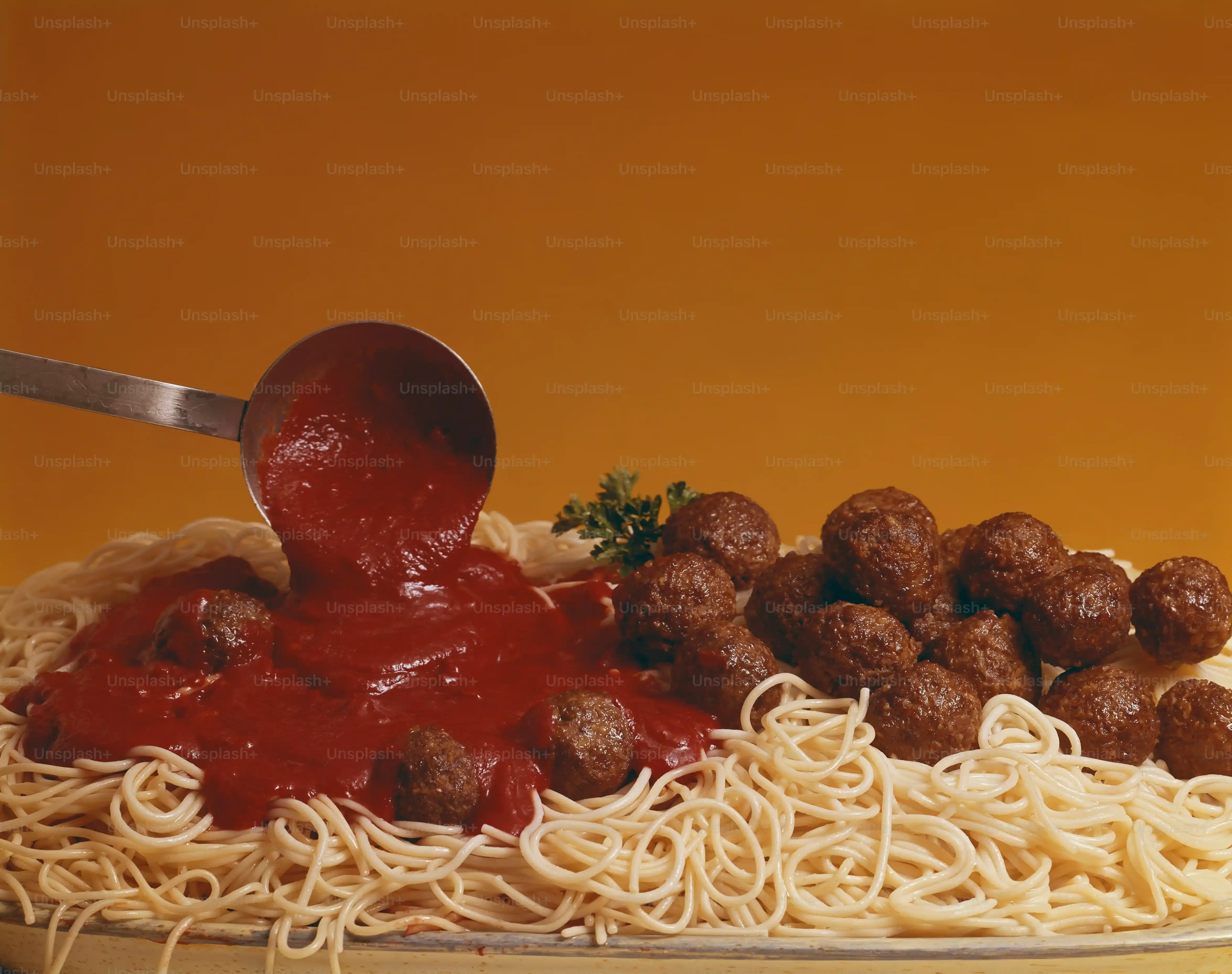
The Classic Rao's Spaghetti and Meatballs Recipe: Ingredients and Steps
Mixing Up the Meatball Magic
let's get down to the nitty-gritty of this rao's spaghetti and meatballs recipe. The meatballs are where a lot of people go wrong. They end up dense, dry, or just bland. The secret, or at least part of it, lies in the mix and how you treat it. You'll want to combine your ground beef and pork in a large bowl. Don't overwork it, though; nobody wants tough meatballs. Next, soak your stale bread (crusts removed) in a little water or milk, then squeeze it out and crumble it into the meat. This is crucial for tenderness. Add your finely minced garlic, chopped fresh parsley, grated cheese, eggs, salt, and pepper. Get your hands in there and mix it gently until everything is just combined. Think "barely mixed," not "mashed into a paste."
Forming and Cooking for Tenderness
Now that your meatball mixture is ready, it's time to form them. Keep them relatively uniform in size so they cook evenly – maybe golf ball size, give or take. Don't pack them too tightly. A light touch is key here. Once formed, you have a couple of options for cooking. Some folks swear by frying them first in a pan with a little olive oil to get a nice brown crust. This adds flavor. Others prefer to bake them partway or even drop them directly into simmering sauce to cook through, which keeps them incredibly moist. The frying method is pretty standard for the classic rao's spaghetti and meatballs recipe approach, giving you that savory exterior.
Here's a quick rundown on the cooking methods:
- Frying: Heat olive oil in a large skillet over medium-high heat. Brown meatballs on all sides until nicely colored. Don't cook them all the way through; they'll finish in the sauce.
- Baking: Place meatballs on a baking sheet lined with parchment paper. Bake at around 350°F (175°C) for 15-20 minutes, or until lightly browned.
- Simmering in Sauce: Gently drop raw or par-cooked meatballs into simmering Rao's marinara sauce. Ensure the sauce covers them. Simmer until cooked through, about 20-30 minutes depending on size.
Bringing It All Together with Rao's Sauce
This is where the magic truly happens, thanks to the star ingredient in The Classic Rao's Spaghetti and Meatballs Recipe: the sauce itself. Once your meatballs are browned (either by frying or baking), gently add them to a pot of simmering Rao's Homemade Marinara Sauce. Make sure the sauce is hot but not boiling furiously; a gentle simmer is what you want. Let the meatballs cook in the sauce for at least 20-30 minutes. This allows them to finish cooking, absorb the flavor of the sauce, and for the sauce to take on some of that meatball richness. While that's happening, cook your spaghetti according to package directions until al dente. Drain the pasta, then either toss it directly with the sauced meatballs or serve the meatballs and sauce over a bed of spaghetti. A sprinkle of fresh parsley and extra grated cheese is non-negotiable for the finish.
Tips and Tricks for Your Best Rao's Spaghetti and Meatballs Recipe
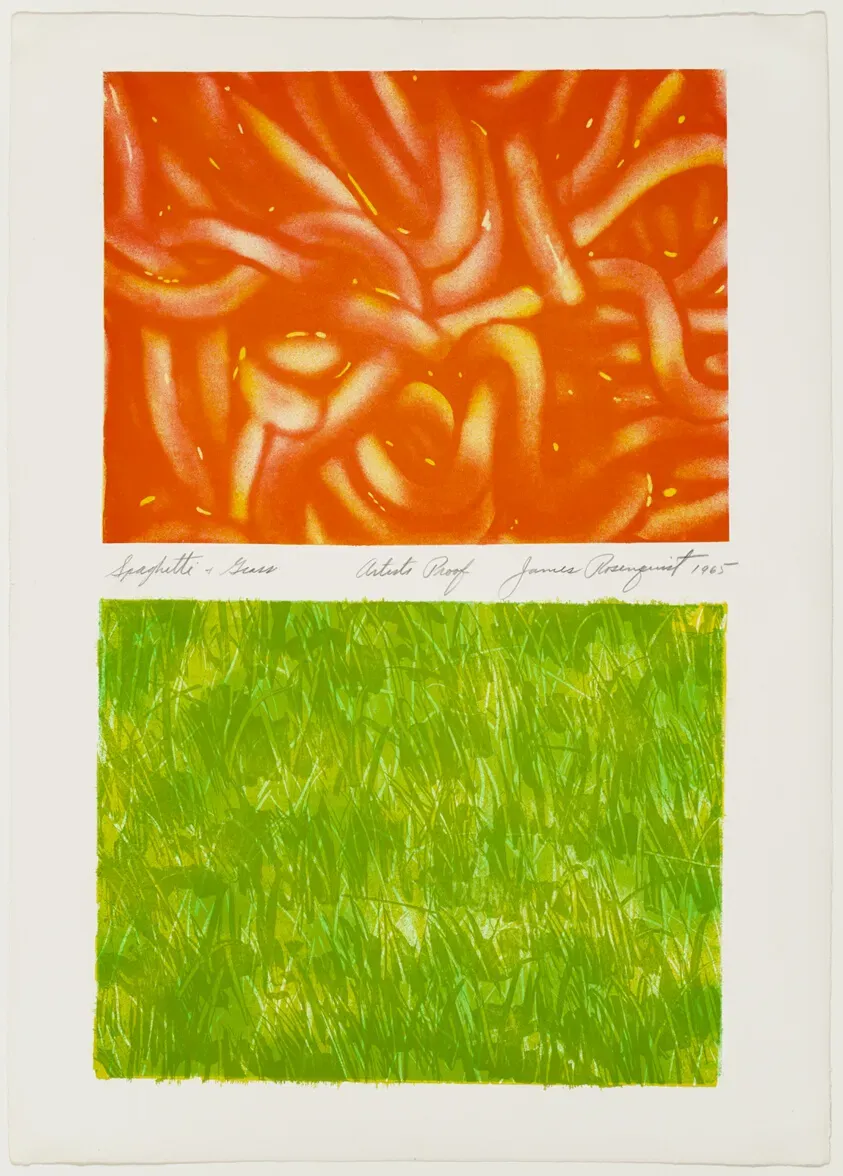
Tips and Tricks for Your Best Rao's Spaghetti and Meatballs Recipe
Getting the Meat Mix Right is Half the Battle
Alright, let's talk about the foundation: the meat. You're aiming for tender, flavorful meatballs, not dense hockey pucks. A classic rao's spaghetti and meatballs recipe often calls for a mix of beef and pork, sometimes veal. This blend gives you depth of flavor and helps keep things moist. Beef provides that robust, savory base, while pork adds a little richness and tenderness. Don't cheap out on the meat quality; it really does make a difference. And seriously, resist the urge to mush the mixture together like you're kneading dough. Overworking the meat makes it tough. Mix it just until everything is incorporated. Your hands are the best tools here, but be gentle. Think folding, not pounding.
Simmering Time is Non-Negotiable
You've formed your beautiful meatballs, maybe given them a quick sear. Now comes the crucial step in the rao's spaghetti and meatballs recipe: the simmer. Dumping them into cold sauce or just heating them through for a few minutes isn't going to cut it. Those meatballs need time to soak up the glorious Rao's marinara and finish cooking through gently. We're talking at least 20-30 minutes at a gentle simmer. This isn't just about cooking; it's about melding flavors. The sauce infuses the meatballs, and the meatballs lend their savory essence to the sauce. It's a beautiful, slow dance of deliciousness. Rushing this step is like leaving a movie before the credits roll – you miss the best part.
Common Meatball Mistakes to Avoid:
- Overworking the meat mixture
- Not using a bread or breadcrumb binder
- Forming meatballs too tightly
- Skipping the browning step (if frying)
- Not simmering the meatballs in sauce long enough
- Using cold sauce instead of simmering
Beyond the Recipe: The Storied History of Rao's Homemade
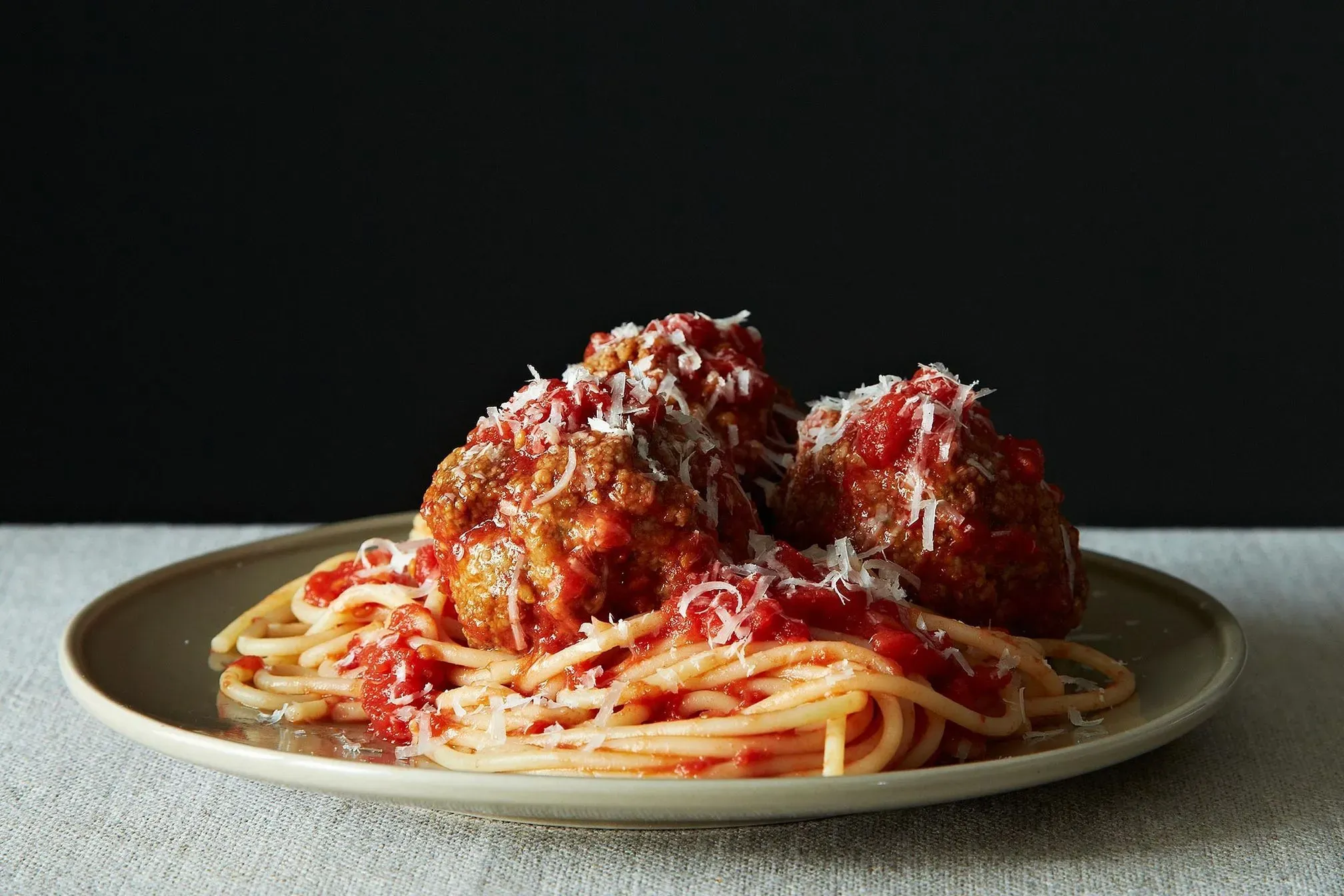
Beyond the Recipe: The Storied History of Rao's Homemade
From Humble Tavern to Culinary Legend
so you've got the rao's spaghetti and meatballs recipe down, but where did this whole thing even start? It wasn't always about jars of marinara on grocery store shelves. The story kicks off way back in 1896 when Charles Rao decided to buy a little tavern in East Harlem, New York City. Think old-school neighborhood joint, probably serving up simple fare and drinks. Fast forward a bit, and they somehow managed to keep the doors open through Prohibition – a feat in itself, probably involving some creative interpretations of the rules. Eventually, that tavern morphed into the restaurant we know (or desperately wish we knew) today, a red-sauce institution.
The Sauce That Launched a Thousand Home Cooked Meals
As the years rolled on, the Rao family kept the restaurant going, building its reputation. Frank Pellegrino Sr. stepped up and became the face of Rao's, cementing its status as a place where celebrities and power brokers clamored for a seat. The restaurant remained tiny, exclusive, and notoriously difficult to get into. Realizing that most people would never experience the magic firsthand, they made a smart move. In 1992, they bottled their famous marinara sauce. The goal was simple: bring those high-quality, simple ingredients – the hallmark of the restaurant's cooking – to home kitchens. This decision, frankly, changed the game for home cooks trying to replicate that authentic Italian-American taste, making a true rao's spaghetti and meatballs recipe accessible beyond East Harlem.
Key Moments in Rao's History:
- 1896: Charles Rao opens a tavern in East Harlem.
- Prohibition Era: The business survives by adapting.
- Post-Prohibition: Tavern transitions into a restaurant.
- Frank Pellegrino Sr.: Leads Rao's into legendary status.
- 1992: Rao's Homemade Pasta Sauce is introduced.
- 2017: Rao's Homemade celebrates 25 years, expanding its product line significantly.
FAQs About Rao's Spaghetti and Meatballs Recipe
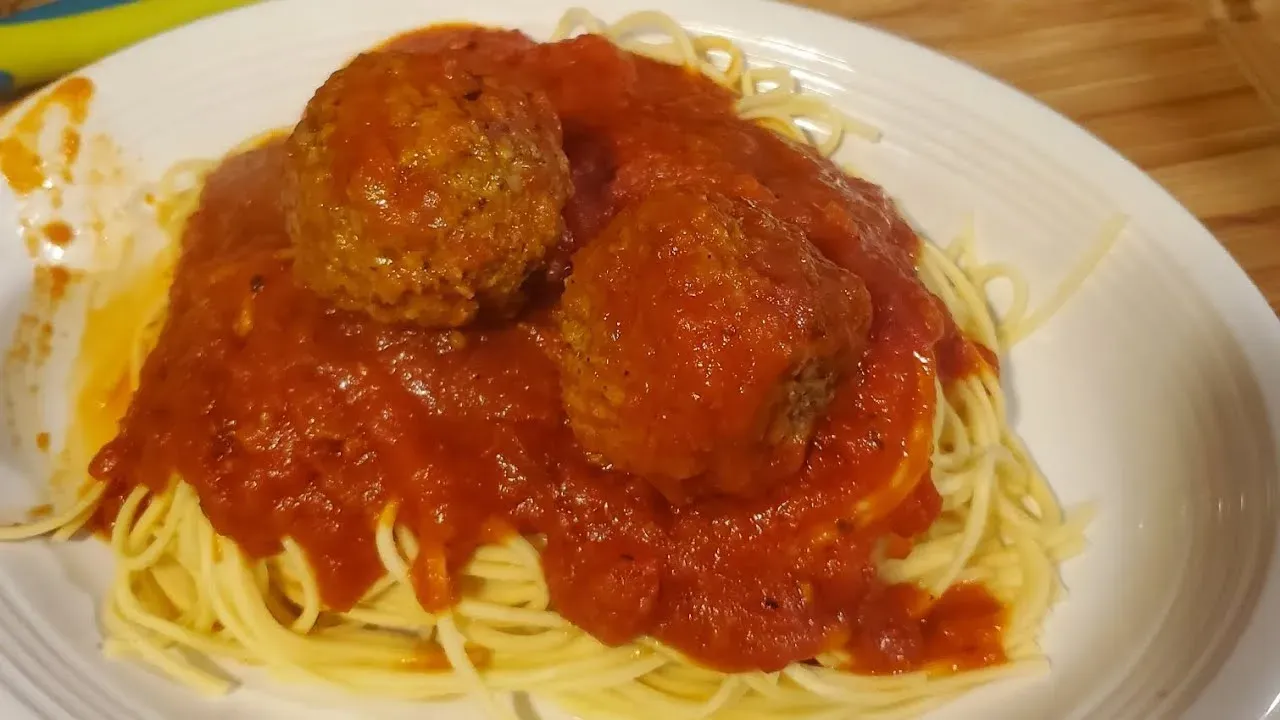
FAQs About Rao's Spaghetti and Meatballs Recipe
Your Rao's Recipe Questions, Answered
so you've read through the steps for the rao's spaghetti and meatballs recipe and a few questions are probably bouncing around. It happens. People always want to know if they can swap out the Rao's sauce for something cheaper. The short answer? If you want the *Rao's* experience, absolutely not. That specific flavor profile comes from their sauce. Trying to substitute it misses the entire point, honestly. Another common one is about meatball firmness – why do they turn out like rubber balls? Usually, that's from overmixing the meat or not using a binder like bread or breadcrumbs. Be gentle, like you're tucking them in for a nap, not wrestling them.
Folks also wonder about making a big batch ahead of time. Good news: meatballs and sauce are fantastic for making ahead. The flavors actually get better as they sit, mingling in the fridge overnight. Just store them separately from the pasta and gently reheat the sauce and meatballs on the stove. Don't blast them in the microwave unless you enjoy sad, rubbery meat spheres. For the pasta, always cook it fresh right before serving; nobody likes mushy spaghetti.
Quick FAQ Bites:
- Can I use ground turkey? You could, but the classic taste comes from beef and pork. It'll be a different dish.
- What if I don't have stale bread? Plain dry breadcrumbs work fine, just use a little less liquid to soak them.
- How do I store leftovers? Keep sauce and meatballs together in an airtight container. Store cooked pasta separately.
- Can I freeze the meatballs? Yes! Freeze cooked meatballs (with or without sauce) in a freezer-safe container. Thaw overnight in the fridge before reheating.
Bringing Rao's Home: Your Spaghetti and Meatballs Triumph
So there you have it. Recreating the essence of rao's spaghetti and meatballs recipe isn't about performing culinary acrobatics; it's about respecting simple, quality ingredients and following a straightforward process. You've tackled the meatballs, understood the importance of that signature sauce, and learned how to plate a dish that looks and tastes like it came from a place with a century of history behind it. While you might not be rubbing elbows with celebrities in a tiny East Harlem dining room, you've managed to capture a piece of that legacy. And let's be honest, enjoying a damn good plate of spaghetti and meatballs in your own kitchen, without the reservation hassle, feels like its own kind of victory.